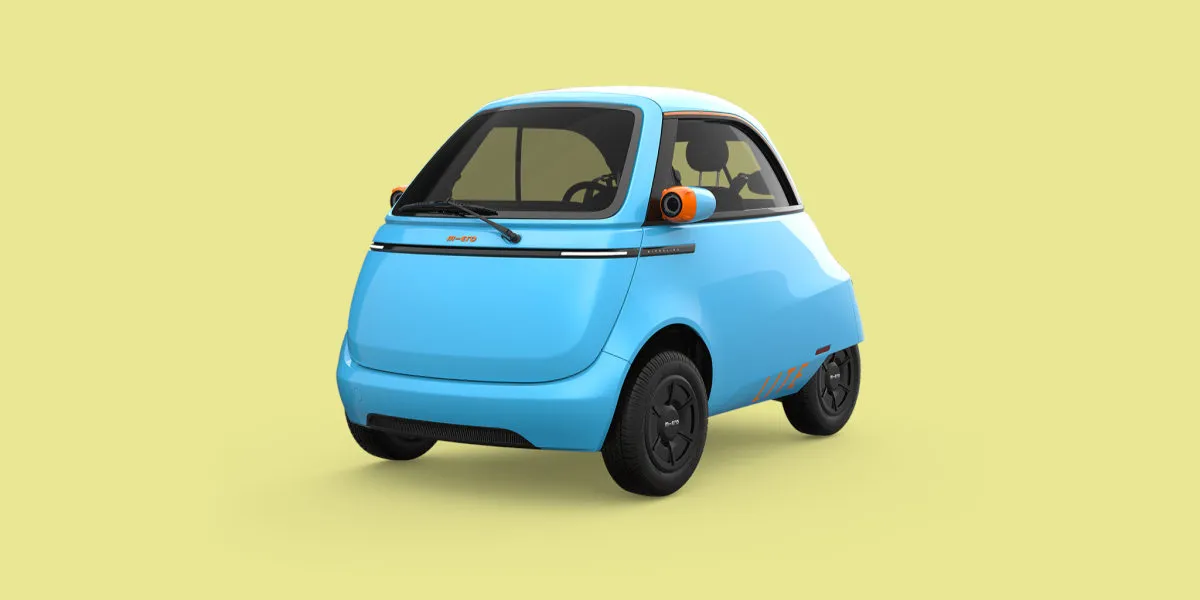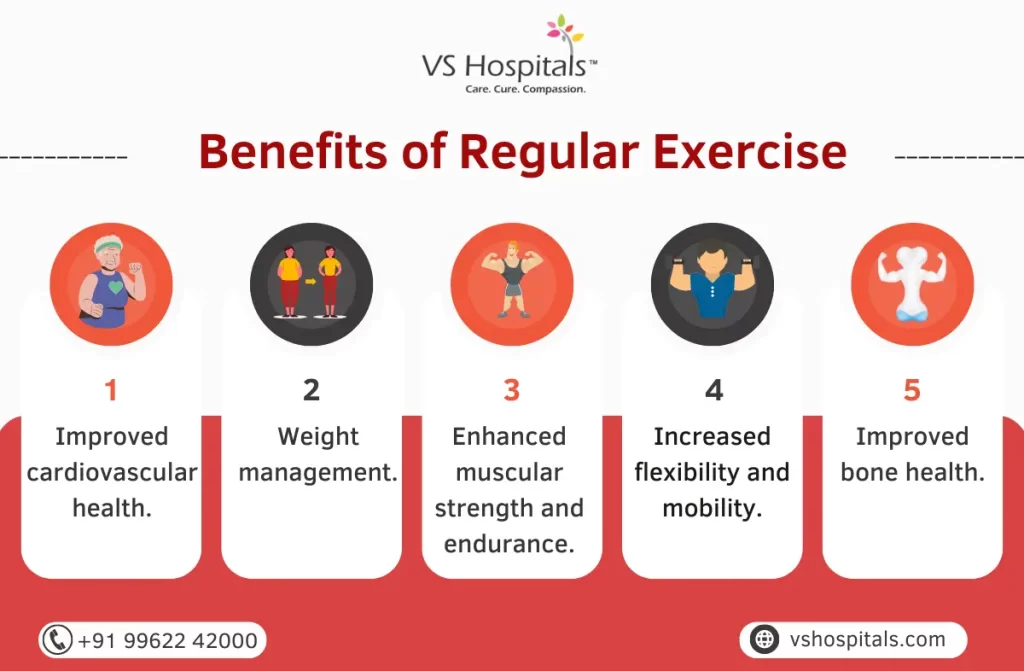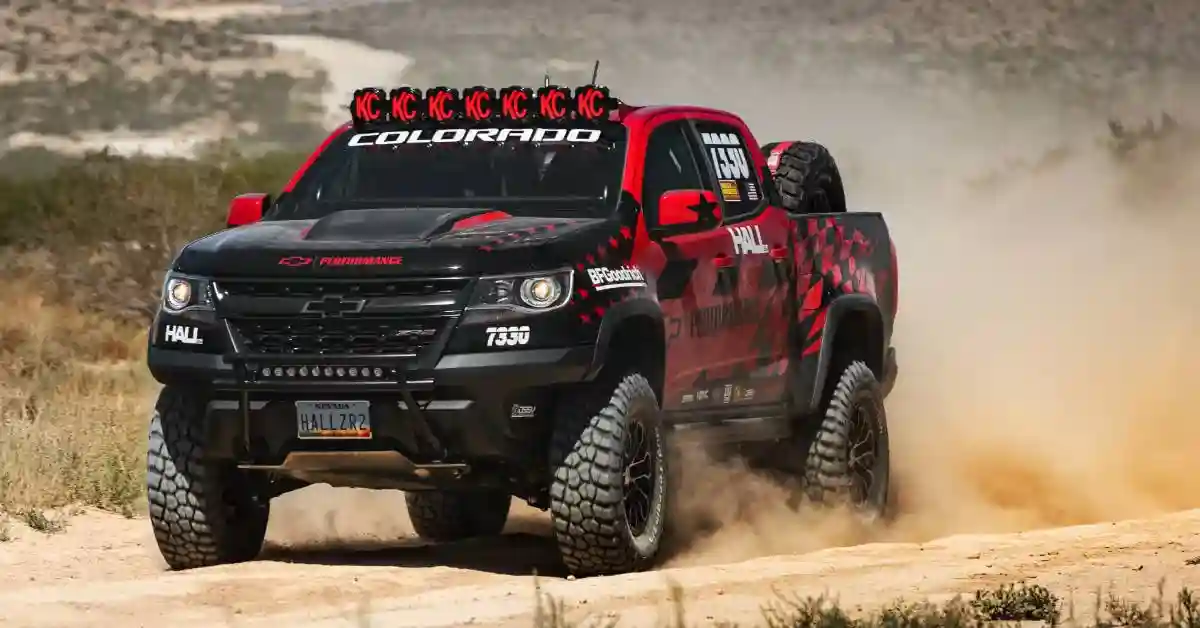Urban Microcars: Small Cars, Big Benefits
Mia Wilson

Photo: Urban Microcars: Small Cars, Big Benefits
Urban Microcars: Small Cars, Big Benefits
In the bustling landscapes of modern cities, space is a premium commodity. As urban populations swell and traffic congestion becomes a daily challenge, the demand for efficient and compact transportation solutions has never been higher. Enter urban microcars small vehicles designed to navigate tight streets, reduce environmental impact, and offer a host of benefits to city dwellers. This article explores the rise of urban microcars, their advantages, and their potential role in shaping the future of urban mobility.
Understanding Urban Microcars
Urban microcars are compact vehicles typically designed for short-distance travel within city environments. They prioritize efficiency, maneuverability, and sustainability over size and power. These cars often feature lightweight materials, smaller engines or electric motors, and innovative designs that maximize interior space despite their diminutive exterior dimensions.
The Evolution of Microcars
Microcars have evolved significantly since their inception in the mid-20th century. Originally designed as affordable, fuel-efficient alternatives to larger vehicles, early microcars like the Fiat 500 and the Isetta gained popularity in Europe during post-war economic recovery. Today, advancements in technology and a growing emphasis on environmental sustainability have transformed microcars into sophisticated, eco-friendly urban transportation solutions.
Benefits of Urban Microcars
The shift towards microcars in urban settings is driven by a multitude of benefits that address the unique challenges of city living.
1. Enhanced Maneuverability and Parking Convenience
One of the most immediate advantages of microcars is their ability to navigate congested city streets with ease. Their compact size allows drivers to weave through traffic more efficiently and find parking spaces in areas where larger vehicles struggle. This maneuverability not only saves time but also reduces the stress associated with urban driving.
2. Environmental Sustainability
Urban microcars often come equipped with electric motors or highly efficient combustion engines, resulting in lower emissions compared to traditional cars. This reduction in greenhouse gases contributes to improved air quality in cities and aligns with global efforts to combat climate change. Additionally, many microcars are designed with lightweight materials, further enhancing their fuel efficiency and reducing their carbon footprint.
3. Cost-Effectiveness
Operating a microcar can be significantly cheaper than owning a larger vehicle. Lower fuel consumption, reduced maintenance costs, and often lower purchase prices make microcars an attractive option for budget-conscious urban residents. Furthermore, some cities offer incentives for electric microcar owners, such as tax breaks or access to restricted traffic zones, further enhancing their affordability.
4. Space Efficiency
Urban environments are characterized by limited space, both on the roads and in parking areas. Microcars require less space, which means they take up less room on the road, contributing to decreased traffic congestion. Their smaller footprint also means that urban planners can design more efficient transportation systems that accommodate a higher number of vehicles without expanding existing infrastructure.
Critical Analysis of Urban Microcars
While the benefits of urban microcars are compelling, it is essential to examine the challenges and potential drawbacks associated with their widespread adoption.
Limited Range and Performance
One of the primary concerns with microcars, especially electric models, is their limited range compared to larger vehicles. While suitable for short urban commutes, microcars may not be ideal for longer trips or regions with less developed charging infrastructure. Additionally, their smaller engines may result in reduced performance, which could be a drawback for drivers accustomed to more powerful vehicles.
Safety Considerations
Safety is another critical aspect to consider. The compact size of microcars may make them more vulnerable in collisions with larger vehicles. Although modern microcars incorporate advanced safety features, their smaller stature inherently poses certain risks. Manufacturers must continue to innovate to ensure that microcars meet stringent safety standards to protect occupants effectively.
Infrastructure Adaptation
The integration of microcars into existing urban infrastructure requires thoughtful planning. Cities may need to adapt traffic systems, parking facilities, and charging stations to accommodate the unique needs of microcars. This adaptation involves investment and coordination between government bodies, urban planners, and private stakeholders to ensure a seamless transition.
The Future of Urban Mobility
Urban microcars represent a significant step towards more sustainable and efficient urban transportation. As cities continue to grow and the push for environmental sustainability intensifies, microcars are poised to play a crucial role in the future of urban mobility.
Technological Advancements
Advancements in battery technology, autonomous driving, and connected car systems are set to enhance the functionality and appeal of microcars. Improved battery life and faster charging solutions will address range limitations, while autonomous features could make microcars even more efficient and user-friendly. Connectivity will allow microcars to integrate seamlessly with smart city initiatives, optimizing traffic flow and reducing congestion.
Integration with Public Transport
Microcars can complement existing public transportation systems by providing first-mile and last-mile connectivity. This integration ensures that individuals can efficiently transition between different modes of transport, enhancing the overall efficiency of urban mobility networks. Collaborative efforts between microcar manufacturers and public transport authorities will be essential in realizing this synergy.
Sustainable Urban Planning
As microcars become more prevalent, urban planning will increasingly focus on creating environments that support sustainable transportation. This includes developing dedicated microcar lanes, expanding charging infrastructure, and designing multi-functional public spaces that accommodate various transportation modes. Sustainable urban planning will ensure that the benefits of microcars are fully realized, contributing to healthier, more livable cities.
Conclusion
Urban microcars offer a promising solution to many of the challenges faced by modern cities. Their compact size, environmental benefits, cost-effectiveness, and space efficiency make them an attractive option for urban residents seeking practical and sustainable transportation. However, the successful integration of microcars into urban landscapes requires addressing challenges related to range, safety, and infrastructure. With continued innovation and thoughtful urban planning, microcars have the potential to significantly enhance urban mobility, making cities more efficient, sustainable, and enjoyable places to live.
As cities worldwide grapple with the complexities of growth and environmental sustainability, urban microcars emerge as a pivotal component in the quest for smarter, greener urban transportation systems. Embracing this trend could lead to substantial improvements in traffic management, air quality, and overall quality of life for city inhabitants. The future of urban mobility is undoubtedly small, but the benefits they bring are indeed big.
For You
View AllUnderstand macronutrients and micronutrients to optimize your diet. Learn the differences now!
Mia Wilson
Upgrade your off-road truck with the best mods for performance and durability. Discover top picks for your adventure today!
Mia Wilson
Explore how AI is revolutionizing healthcare and improving patient outcomes.
Mia Wilson
Debunk common myths about AI and understand its real capabilities.
Mia Wilson
Learn why physical education is essential for health, academics, and personal growth. Get inspired to stay active!
Mia Wilson
Discover the core concepts of behavioral economics and their influence on decision-making. Click to learn more!
Mia Wilson
Health










Education
View All
April 18, 2025
What Is Special Education?
Dive into special education, its purpose, and how it supports students with unique needs. Learn how it changes lives!

May 31, 2025
What Is an Educated Guess?
Uncover the meaning of an educated guess, how it’s used in problem-solving, and why it’s a critical thinking tool. Learn more now!

April 14, 2025
What Is Physical Education? Explained!
Discover the importance of physical education, its benefits, and why it's crucial for overall development. Learn more now!





